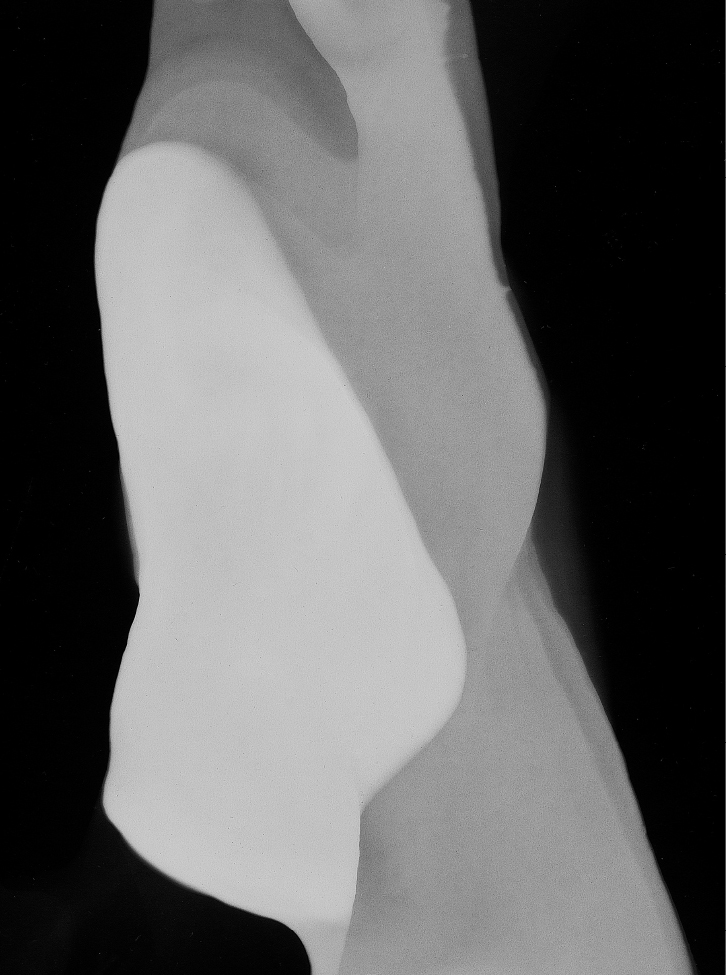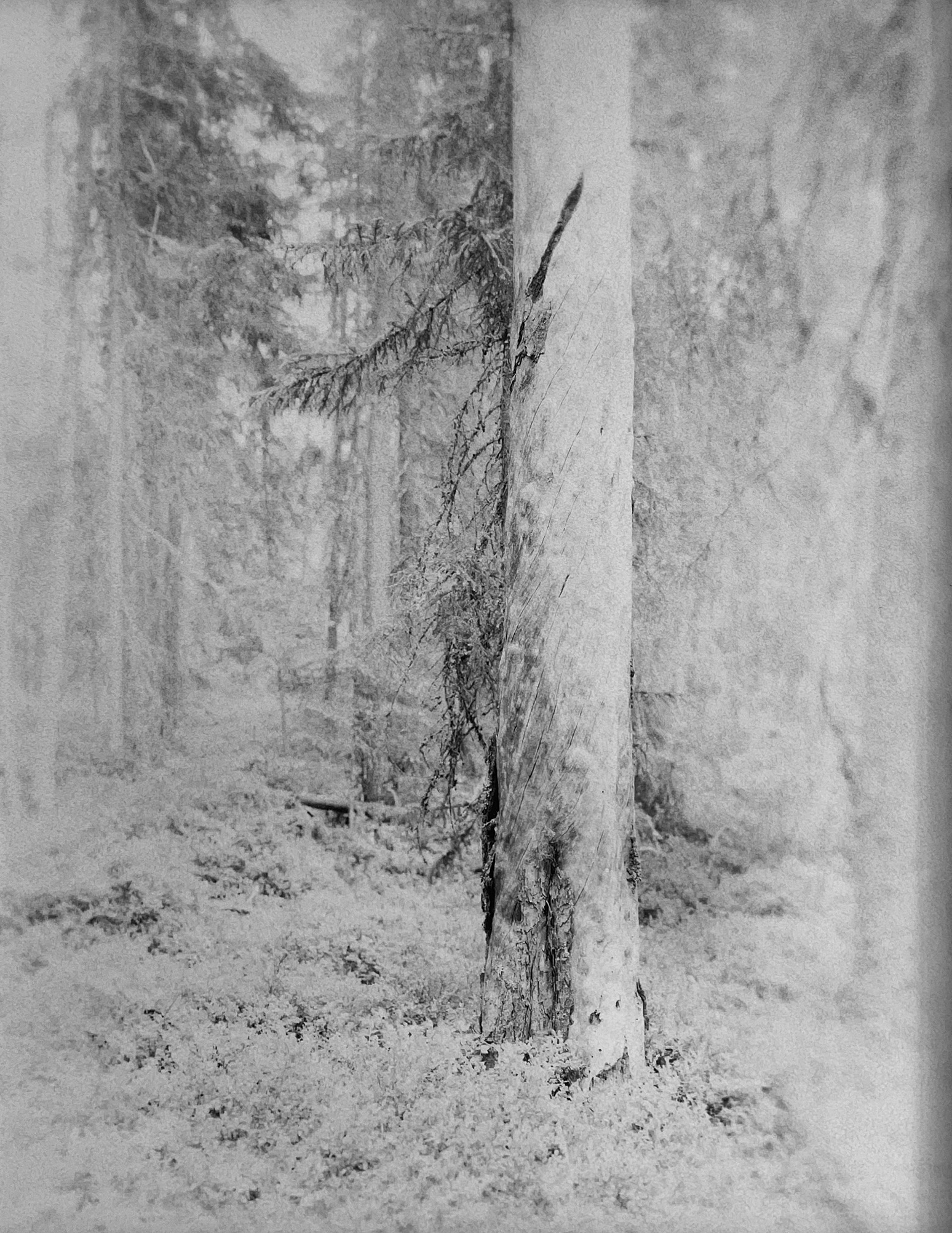Good Use Of My Bad Health
Claudia Amatruda

Recent scientific discoveries indicate that one of the earliest ancestors of whales was an animal with a mouse-like snout and a build between a fox and a deer, called Indohyus, which lived in water to hide from predators, despite being a land mammal. Through evolution, Indohyus underwent numerous anatomical modifications until they became whales forty million years ago.
This project is the third chapter of a larger research project that has as its starting point the transformations over time that a rare degenerative disease makes on my body.
If in the first and second chapters I represent and deal with my disability as something to be discovered and made aware of, in this work between self-portrait and video-installation I focus on and question how a disabled body relates to nature, being outside the canons of performance and athleticism, examining the connection between bodies in constant movement, technology and the environment.
I am inspired by the concepts of Donna Haraway - for whom the union of cyborg and human challenges traditional, binary categories such as man/woman, organic/inorganic, natural/artificial - and the concept of Astrida Neimanis Human as a Body of Water: as aquatic bodies, we experience ourselves less as isolated entities and more as oceanic whirlpools, in which water is a continuous gestation of differences, con-fusing and suggesting that we look further afield, complicating any supposed opposition between ‘we are all the same’ and ‘we are all different’.
The posthuman approach transforms my body into a theatre of reception for foreign elements, highlighting infections, contaminations and possible metamorphoses. I find the cyborg in the tools of help that, as the body deteriorates, become part of my everyday life, and I consider water not only as a physical element, but as a metaphor for relationship and care.










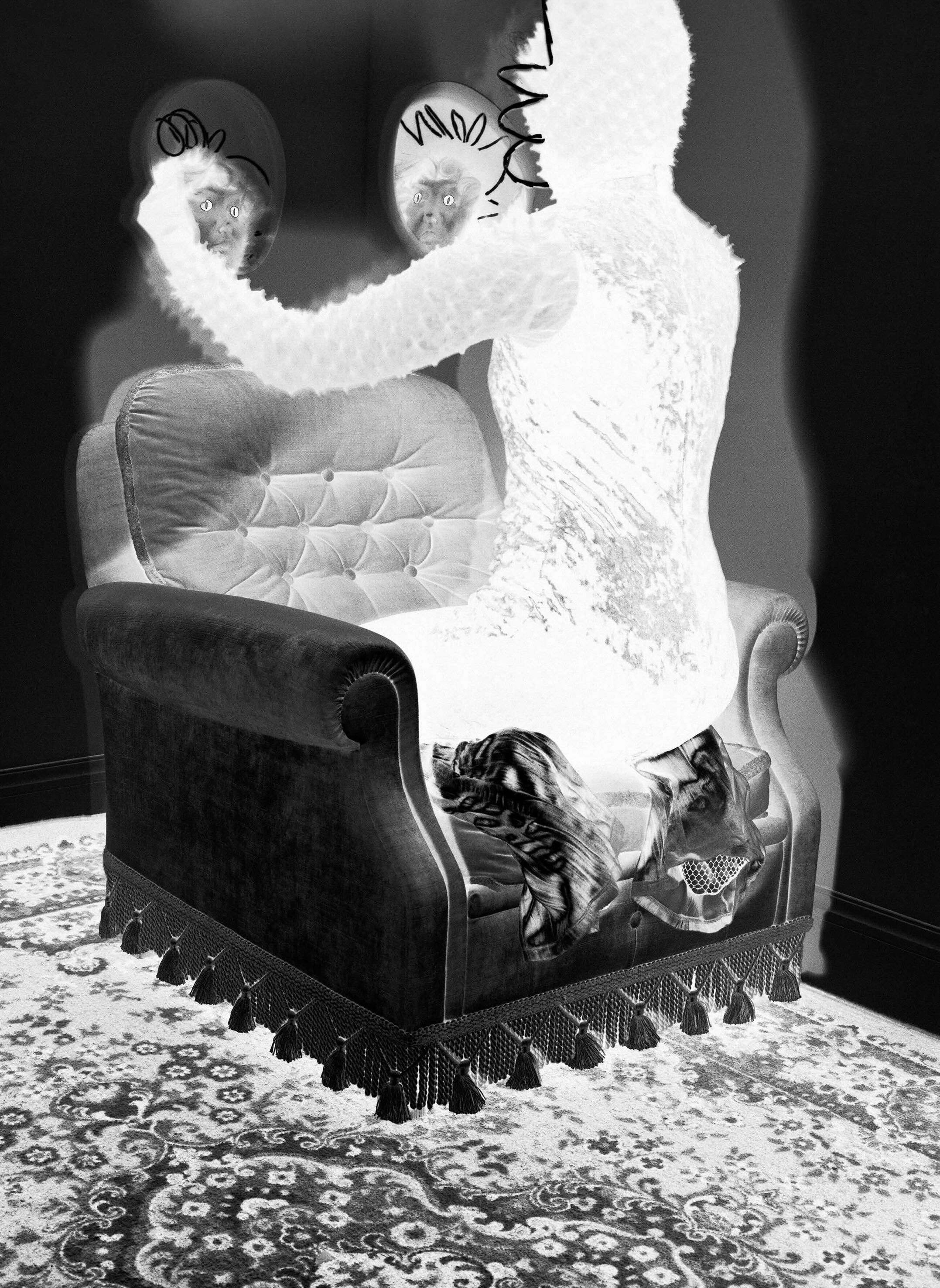
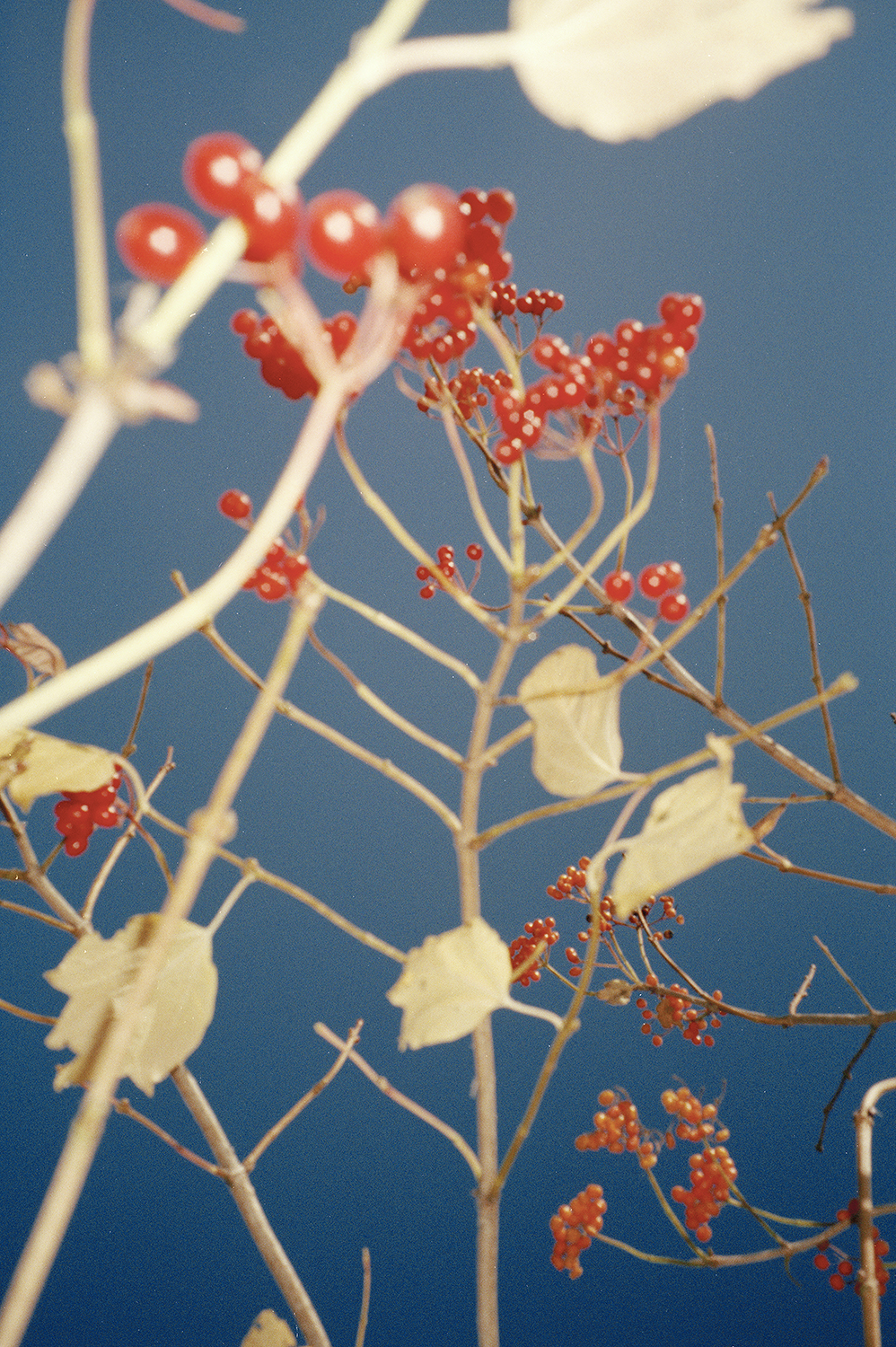
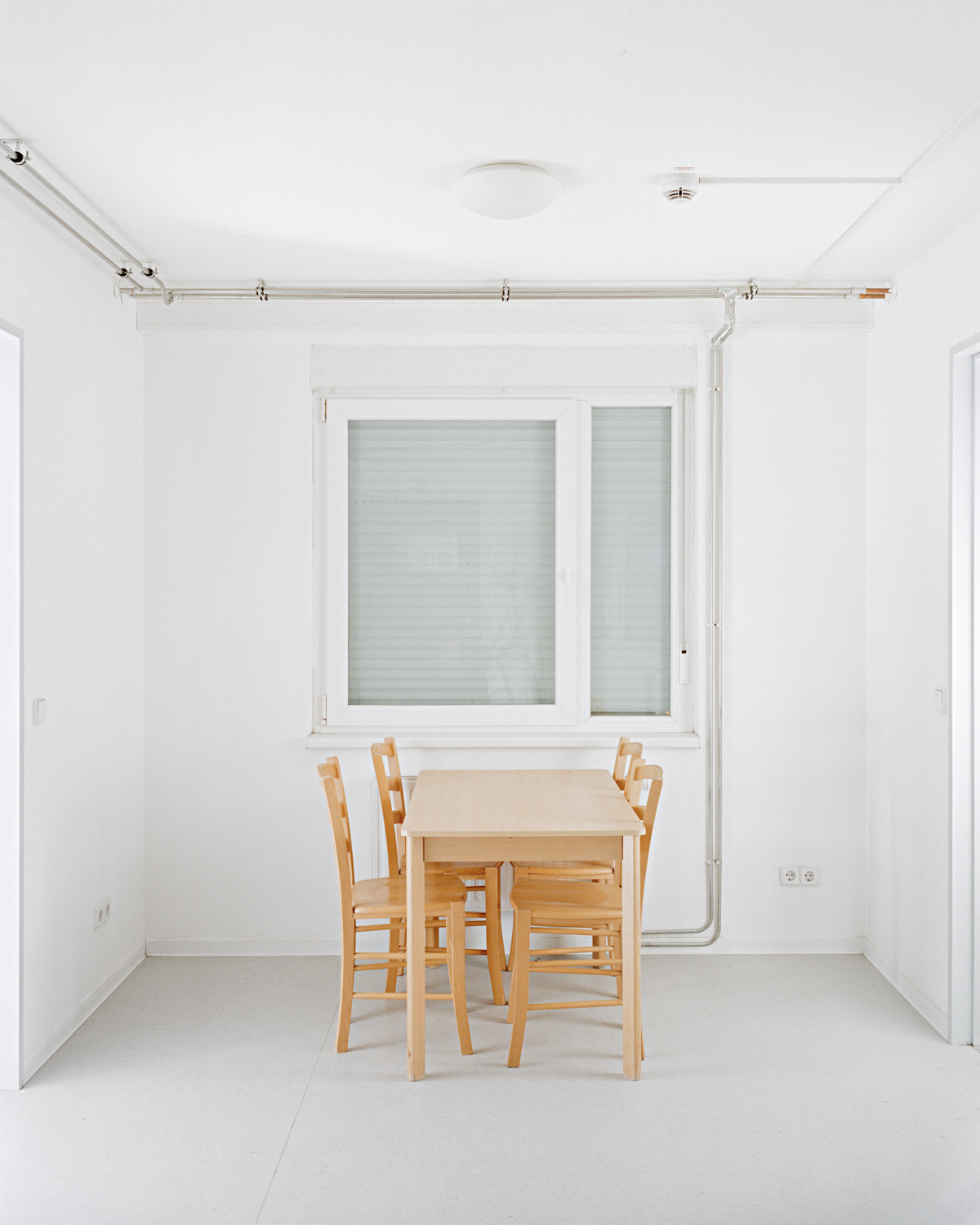
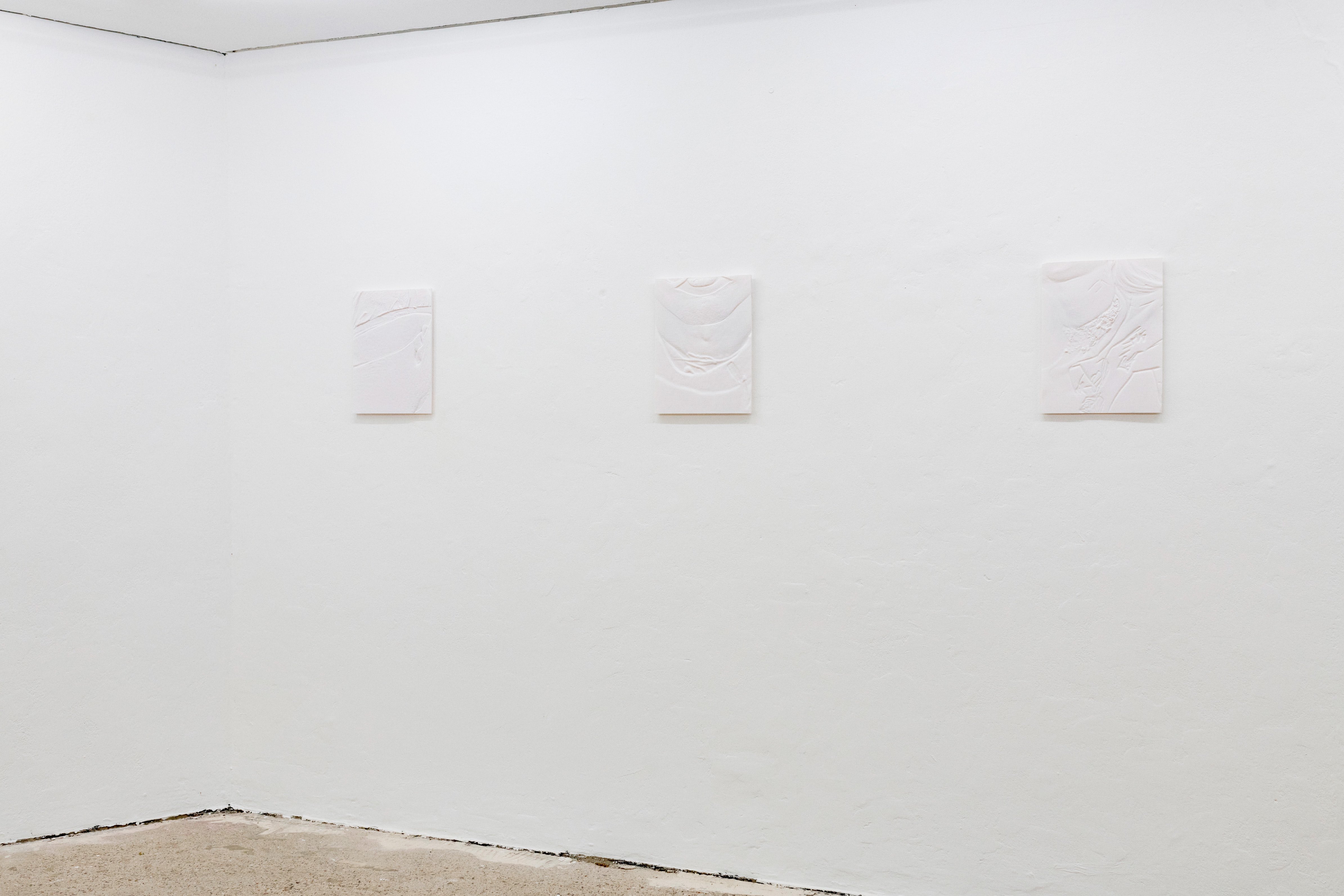
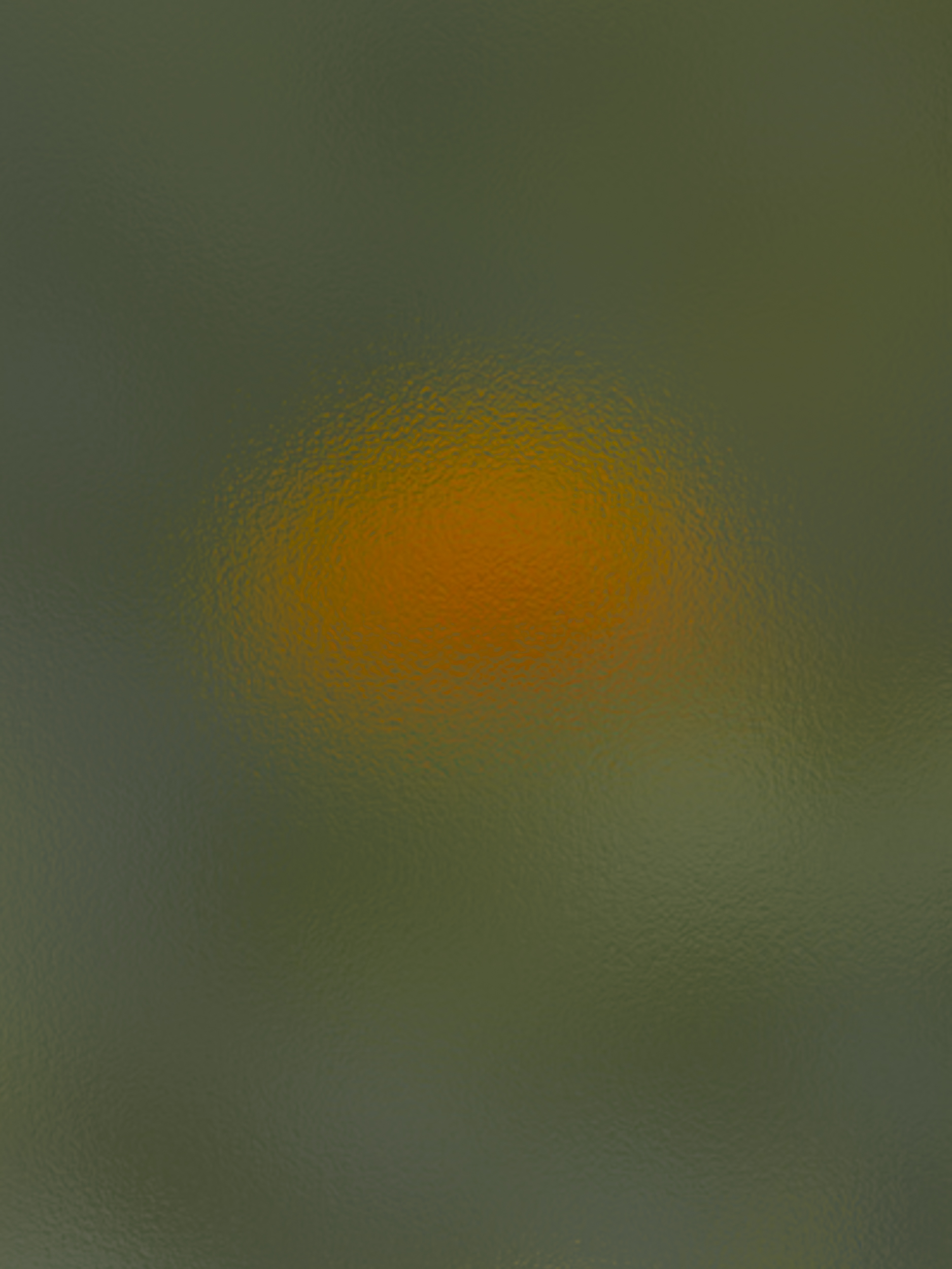







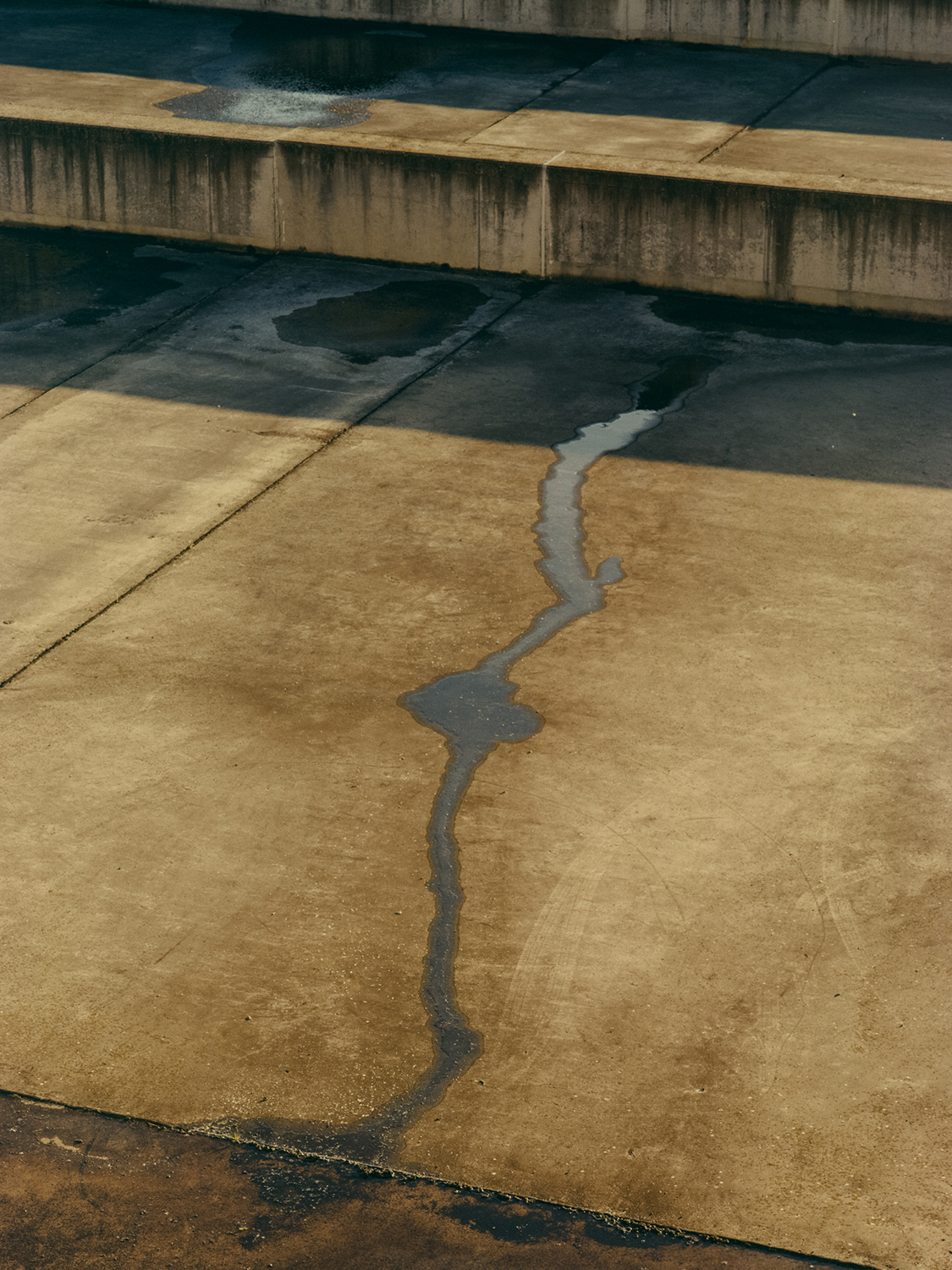














































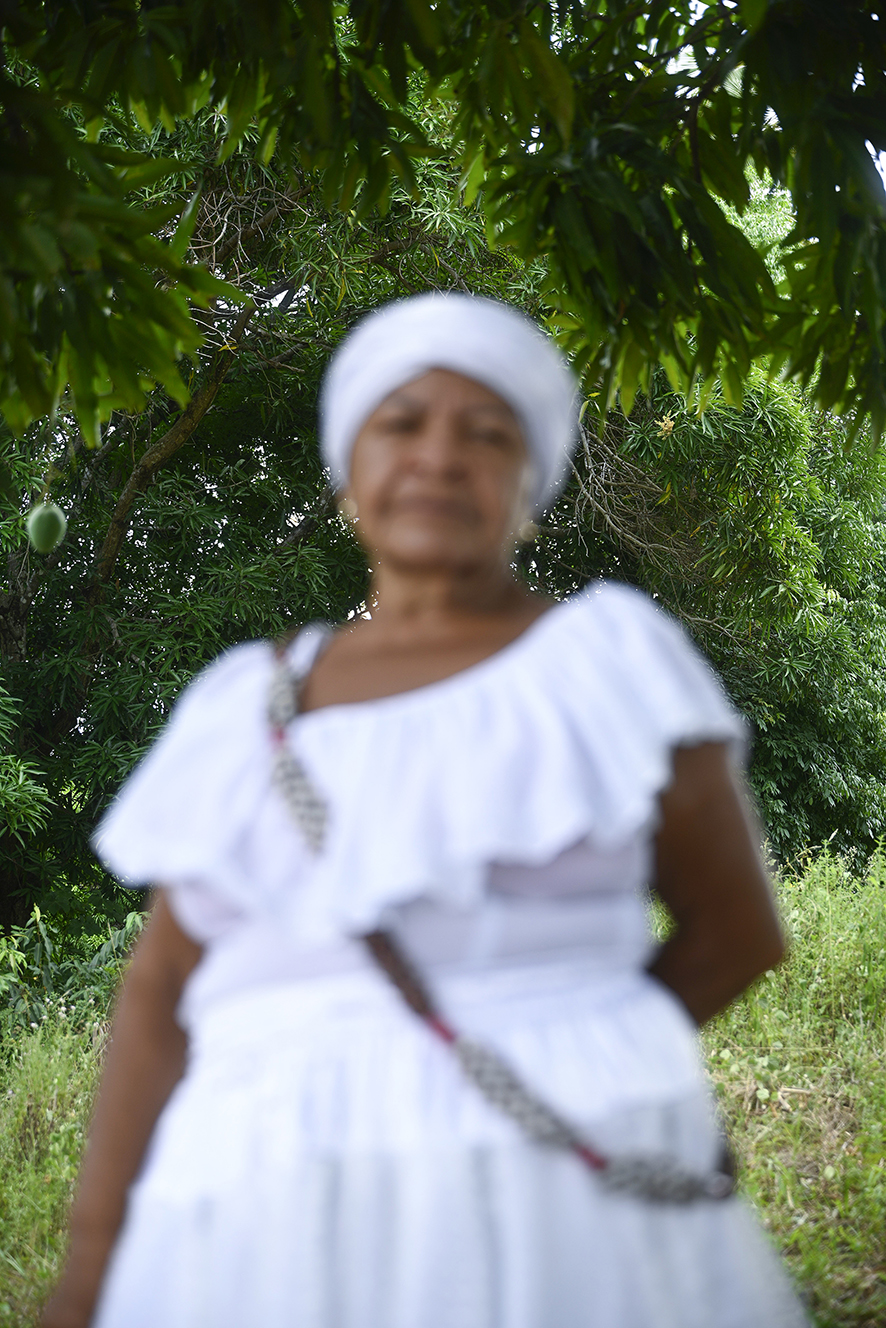


















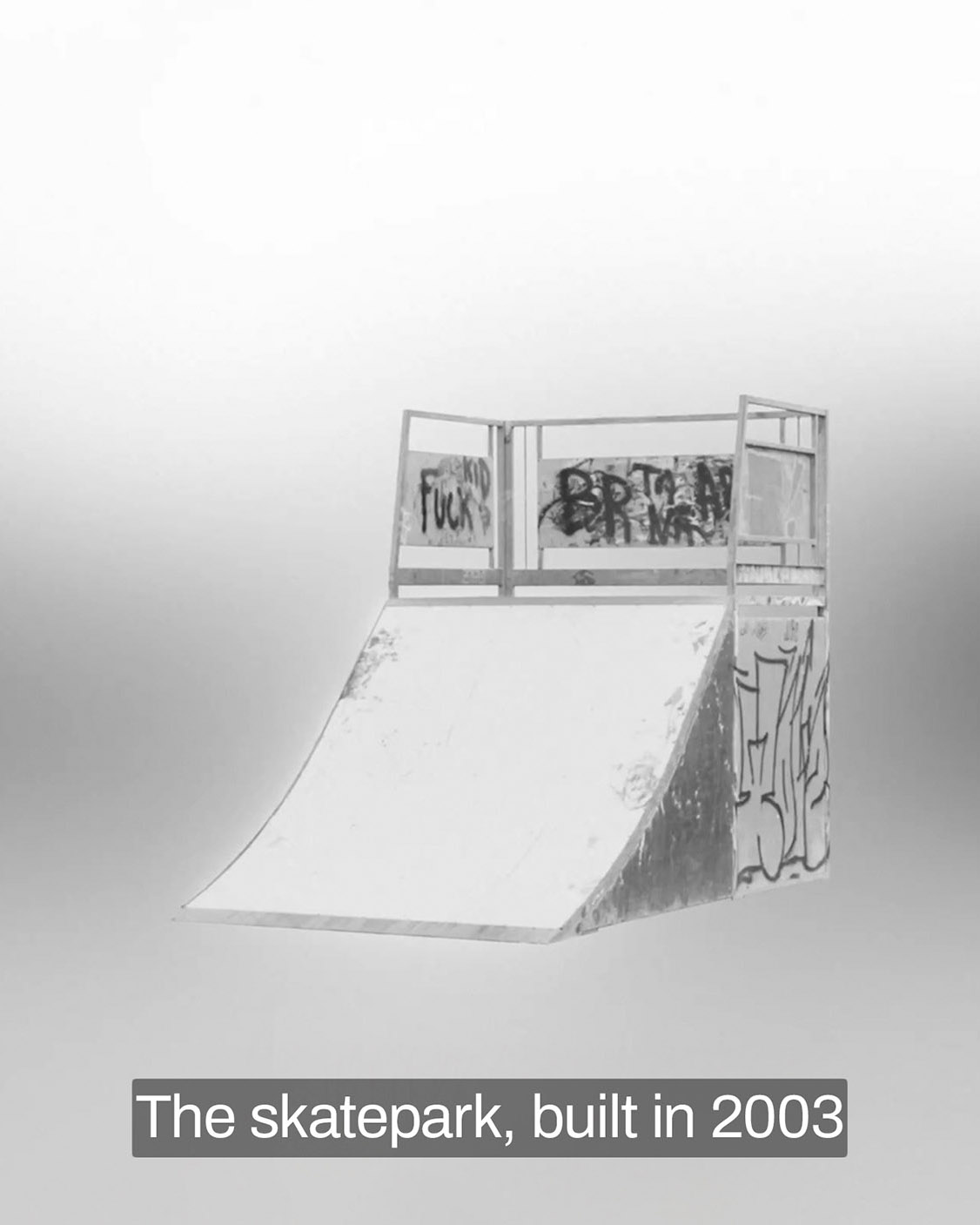




.jpeg)

